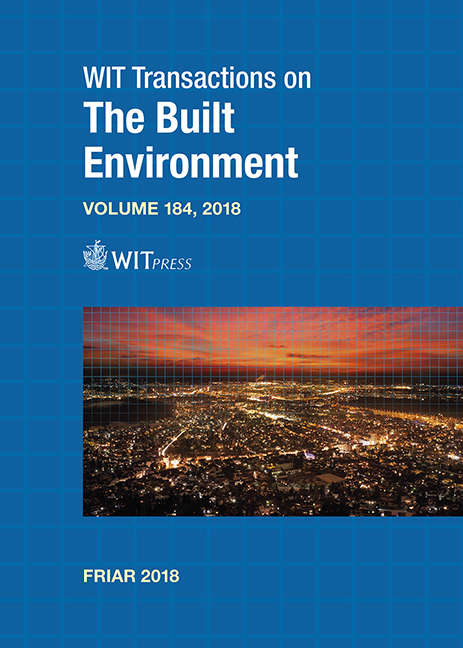PLANNING OPPORTUNITIES FOR CLIMATE RESILIENCE IN BRISBANE, AUSTRALIA: LEARNING FROM THE CITY’S HISTORY OF FLOODS
Price
Free (open access)
Transaction
Volume
184
Pages
13
Page Range
91 - 103
Published
2018
Size
1,061 kb
Paper DOI
10.2495/FRIAR180091
Copyright
WIT Press
Author(s)
TOMAS BRAGE, PAOLA LEARDINI
Abstract
South East Queensland, in Eastern Australia, is a region naturally prone to flooding. While this intrinsic hydrologic characteristic of the area was well known to its aboriginal inhabitants, its urbanisation is less than two hundred years old and has proven greatly oblivious to the natural environment. In Brisbane, the capital city of the State of Queensland, the clash between natural processes of the namesake river, its numerous creeks and the sea, and the superimposed layer of the urban fabric has recurrently played out since the foundation of the colony, in 1824, with the last disastrous event occurring in 2011 at a tremendous human and material cost. This paper analyses the nature of this difficult relationship between water as a dynamic force and the city of Brisbane as a static, yet ever expanding, presence, from a historical, geographical and social point of view. The aim is to identify opportunities that lay dormant in this relationship since its prehistory and can be harnessed to make the future city resilient to its geographical and climatic context, by embracing urban planning and management approaches that are sensitive to, and compatible with the deep structure of the city and its territory. Based on findings of this multifaceted analysis the paper recommends the application of longterm, adaptable planning that is framed according to climate cycles and climate change forecasts, a multidisciplinary, integrated way of understanding flooding, and a coordinated and transparent decision-making process that includes all institutions and stakeholders beyond individual interests.
Keywords
Aboriginal, climate, environment, floods, geography, knowledge, planning, resilience, river





